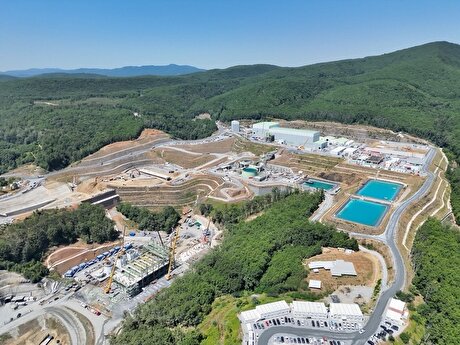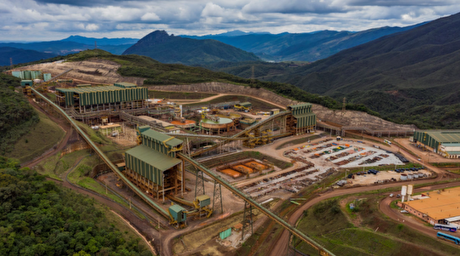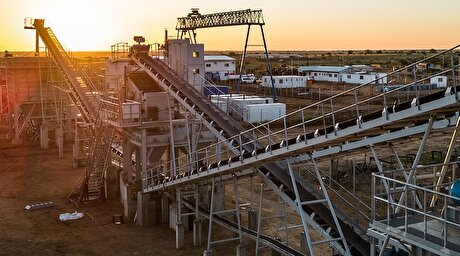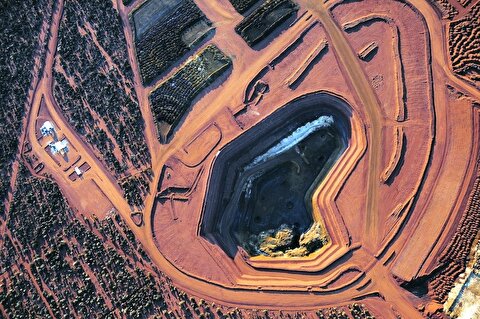
Dahej LNG terminal utilisation rates set to slump

The state-controlled, Petronet-operated terminal will continue to operate but at much reduced rates, with pipelines linked to the terminal already running at capacity and storage capacity almost at its maximum, a Petronet official said. And, consequently, only a few vessels are expected to arrive at Dahej this month.
"A few cargoes may still be required and it is likely that Petronet will look to see how to maximize utilisation of the terminal under the current circumstances," said an official at state-owned BPCL, which owns capacity at Dahej. "But regasified LNG demand from Dahej has fallen by at least 30pc since the lockdown. In March, we and our customers were just taking whatever was allocated to meet month-end sales targets but this is going to be very difficult in April."
The Indian government's imposition of a 21-day country-wide lockdown since 25 March had already cut operating rates at Dahej down to 70pc by Monday. And pipeline send out rates from the terminal have fallen by around 50pc from an average daily send out of 65mn m³, according to industry participants. Dahej operated at an average 104.2pc between April 2019 and February 2020, according to data released last month from the Petroleum Planning and Analysis Cell (PPAC). The terminal is capable of receiving around 24 cargoes a month at nameplate capacity, assuming a cargo size of around 60,000t.
Petronet said on 25 March that it expected to receive eight term and spot cargoes at Dahej up to 31 March and was negotiating the deferral of its April term cargoes by several weeks. Industry participants expect that while term deliveries will be postponed to a later date, spot cargoes purchased earlier this year for delivery in April, and possibly May, will most likely be delayed or diverted to alternative markets instead of being deferred to a later date.
Industry participants expect any cargo discharge delays could take as long as a week for cargoes already sailing towards India. Indian importers secured around 13 spot cargoes for delivery in April, around four of which specified Dahej as a possible discharge outlet. They have secured six cargoes for May. India has five other LNG receiving terminals including the 5mn t/yr Hazira and 5mn t/yr Mundra terminals that are also in Gujarat; the 5mn t/yr Dabhol terminal in Maharashtra, the 5mn t/yr Kochi terminal in Kerala and the 5mn t/yr Ennore facility in Chennai. Vessel tracking data indicates that LNG vessels are still scheduled to call at Dahej, Hazira, Dabhol and Mundra in the next few days.
Four LNG vessels are scheduled to arrive at Dahej up to 7 April, two of which are scheduled to arrive from Abu Dhabi, the 137,000 m³ Mubaraz on 3-4 April and the 137,514m³ Ghasha on 5 April. The 173,000m³ Rioja Knutsen is carrying a cargo from the Sabine Pass terminal in the US and is scheduled to arrive on 7 April, vessel tracking data shows. The 210,100m³ Al Aamriya was scheduled to deliver its cargo from Qatar at Dahej on 5 April but is still floating offshore Qatar.
Industry participants are monitoring vessel movements to see if the terminal will be able to receive cargoes or whether they will be diverted or forced to wait to discharge. Any diversions will add to prompt spot supply availability, which has swelled thanks to Petronet's force majeure declaration on its term receipts.
There were as many as eight April cargoes from Qatar that were offered on the spot market at the end of last week after Petronet declared force majeure. Some cargoes were originally intended for delivery to India. Petronet has a 7.5mn t/yr contract with Qatar and a 1.44mn t/yr contract with ExxonMobil for supplies from the 15.6mn t/yr Gorgon facility in Australia. The Qatari contract would supply 10-11 cargoes a month, while the Gorgon contract would supply two cargoes monthly, assuming a 60,000t cargo size. Petronet sells the LNG on a back-to-back basis to state-owned firms IOC, Gail and BPCL.
The 210,200m³ Al Ghariya that loaded on 17 March at Ras Laffan and bound for India was diverted to Kuwait, where it arrived at the Mina Al Ahmadi terminal on 31 March.
But, the 138,000m³ Cadiz Knutsen arrived at Dahej on 31 March, carrying a cargo loaded at the Ras Laffan facility in Qatar on 23 March. The 216,200m³ Al Sahla that was on a watch list for possible vessel diversions from India arrived at the 5mn t/yr Hazira terminal in Gujarat as scheduled on 1 April after idling for some time outside Ras Laffan, where it loaded on 23 March.
There are concerns as to whether India's May deliveries will be affected if downstream demand stays weak or a lockdown is extended. A cancellation by state-owned Gujarat State Petroleum (GSPC) of two tenders to buy a total of seven cargoes for delivery between May and March 2021 to Dahej highlights the uncertainty in the market as to whether Dahej will be able to receive cargoes in May and further out. GSPC confirmed on 24 March when offers were due that it had cancelled the tenders.
India's spot demand this year helped to absorb some of the oversupply in the market as port prices were falling, with buyers in the country scooping up prompt as well as forward deliveries up to the end of 2021. Its lockdown has sent spot LNG prices to fresh lows as it has effectively removed a key source of demand this year.
The ANEA price, the Argus assessment for spot deliveries to northeast Asia, for both halves of May stood at $2.335/mn Btu on 1 April.
By Camille Klass


Newmont nets $100M payment related Akyem mine sale

First Quantum scores $1B streaming deal with Royal Gold

Caterpillar sees US tariff hit of up to $1.5 billion this year

Gold price rebounds nearly 2% on US payrolls data

Copper price collapses by 20% as US excludes refined metal from tariffs

St Augustine PFS confirms ‘world-class’ potential of Kingking project with $4.2B value

B2Gold gets Mali nod to start underground mining at Fekola

Goldman told clients to go long copper a day before price plunge

Copper price posts second weekly drop after Trump’s tariff surprise

Codelco seeks restart at Chilean copper mine after collapse

US slaps tariffs on 1-kg, 100-oz gold bars: Financial Times

BHP, Vale offer $1.4 billion settlement in UK lawsuit over Brazil dam disaster, FT reports

NextSource soars on Mitsubishi Chemical offtake deal

Copper price slips as unwinding of tariff trade boosts LME stockpiles

SAIL Bhilai Steel relies on Danieli proprietary technology to expand plate mill portfolio to higher steel grades

Alba Discloses its Financial Results for the Second Quarter and H1 of 2025

Australia weighs price floor for critical minerals, boosting rare earth miners

Australia pledges $87M to rescue Trafigura’s Nyrstar smelters in critical minerals push

Fresnillo lifts gold forecast on strong first-half surge

US slaps tariffs on 1-kg, 100-oz gold bars: Financial Times

BHP, Vale offer $1.4 billion settlement in UK lawsuit over Brazil dam disaster, FT reports

NextSource soars on Mitsubishi Chemical offtake deal

Copper price slips as unwinding of tariff trade boosts LME stockpiles

SAIL Bhilai Steel relies on Danieli proprietary technology to expand plate mill portfolio to higher steel grades

Alba Discloses its Financial Results for the Second Quarter and H1 of 2025

Australia weighs price floor for critical minerals, boosting rare earth miners

Australia pledges $87M to rescue Trafigura’s Nyrstar smelters in critical minerals push

Fresnillo lifts gold forecast on strong first-half surge














